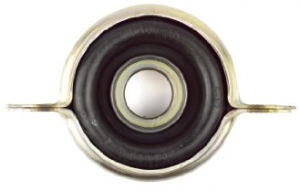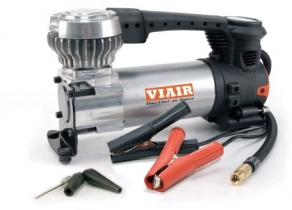-
Welcome to Tacoma World!
You are currently viewing as a guest! To get full-access, you need to register for a FREE account.
As a registered member, you’ll be able to:- Participate in all Tacoma discussion topics
- Communicate privately with other Tacoma owners from around the world
- Post your own photos in our Members Gallery
- Access all special features of the site
Brake pedal and Steering Wheel Vibrations
Discussion in '1st Gen. Tacomas (1995-2004)' started by safes0c, Jun 26, 2020.
Page 2 of 2
Page 2 of 2


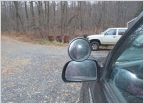 Best blind spot mirrors?
Best blind spot mirrors?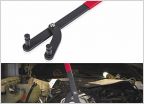 Cheap tool for installing cam pulleys?
Cheap tool for installing cam pulleys?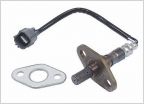 Help! California emissions problem
Help! California emissions problem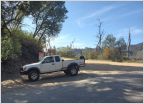 Rear shock question
Rear shock question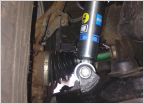 Do I need a diff drop? Or will it settle?
Do I need a diff drop? Or will it settle?



